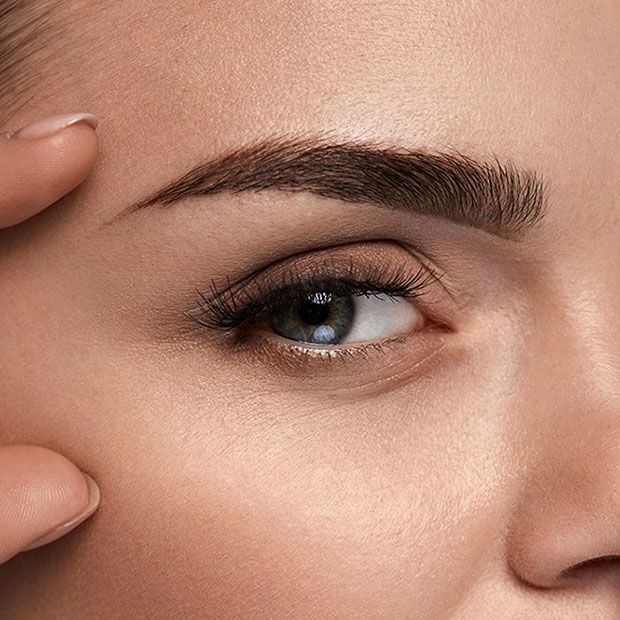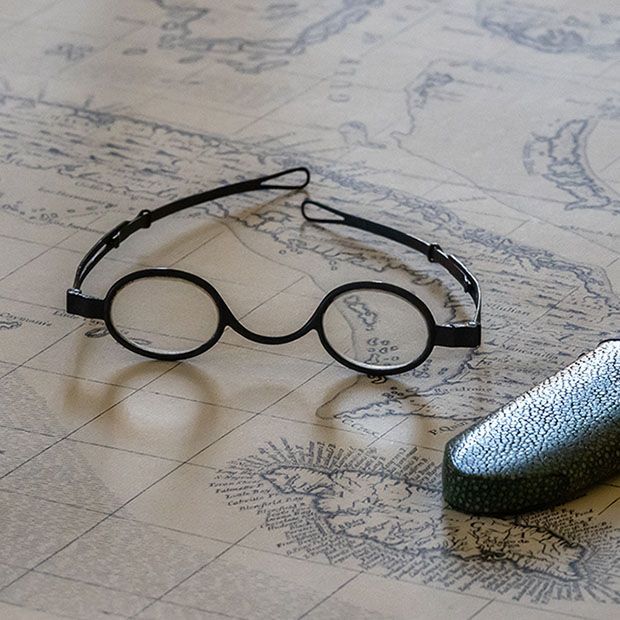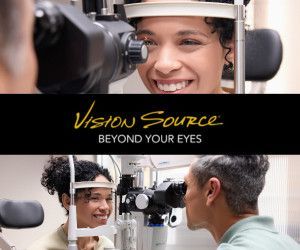Blinking: More Important Than You Think

On average, we blink about 15-20 times every minute.
That amounts to approximately 1,200 blinks an hour and a staggering 21,600 times a day (not counting the hours of sleep). Blinking is such a frequent and automatic part of our daily lives that most of us never stop to think about why we do it. But what is the purpose of blinking, and why is it essential for maintaining good eye health?
The Primary Functions of Blinking
- Moisturizing the Eyes: Each time you blink, your eyelids spread a cocktail of oils and mucous secretions across the surface of the eye, which helps to keep it hydrated. This tear film is crucial for maintaining moisture and ensuring that the eyes don’t dry out. Without this lubrication, the cornea can become irritated and inflamed, leading to dry eye syndrome and other vision problems.
- Protection from Irritants: Blinking serves as a protective mechanism that shields the eyes from potentially harmful irritants. This includes dust, smoke, and small particulate matter that can cause damage if they come into contact with the delicate parts of the eye. By blinking, we clear away these irritants and protect the cornea and conjunctiva from environmental damage.
- Aiding Visual Perception: Blinking also plays a crucial role in aiding our visual system. Each blink acts as a tiny reset for the eye, briefly interrupting the stream of visual information and allowing the brain to process what it has seen. This micro-pause can help to prevent sensory overload, giving the visual system a momentary break that helps to boost focus and attention.
What Influences Blinking?
Several factors can influence how often someone blinks, including environmental conditions, emotional state, and activities they are engaged in. For instance:
- Concentration and Screen Use: People tend to blink less frequently when they are focused on visual tasks such as reading or staring at a computer screen. This reduced blink rate can contribute to the higher prevalence of dry eye symptoms among individuals who spend long hours in front of digital devices, a condition often referred to as computer vision syndrome.
- Emotional State: Emotional stress can also affect blinking rates. Increased concentration and certain emotions like anxiety can lead to a decrease in blinking. Conversely, blinking rates can increase during conversation as a form of non-verbal communication.
Blinking Disorders
While blinking is a natural and essential eye function, certain disorders can disrupt this process:
- Blepharospasm: This is an abnormal, involuntary blinking or spasm of the eyelids. It is often caused by genetic factors, fatigue, stress, or other neurological conditions.
- Dry Eye Syndrome: Inadequate blinking can lead to dry eyes, where the eyes do not have enough moisture to maintain a healthy tear film. This can be exacerbated by environmental factors, such as dry air or wind.
The Importance of Blinking
Understanding why we blink highlights the importance of maintaining regular blinking habits, especially in today’s digital age, where many of us spend hours in front of screens. If you find yourself experiencing eye discomfort, taking regular breaks to rest your eyes and making a conscious effort to blink more frequently can help alleviate symptoms. Remember, blinking is not just a simple reflex; it’s a vital function that helps maintain the health and functionality of your eyes.
Helpful Articles









